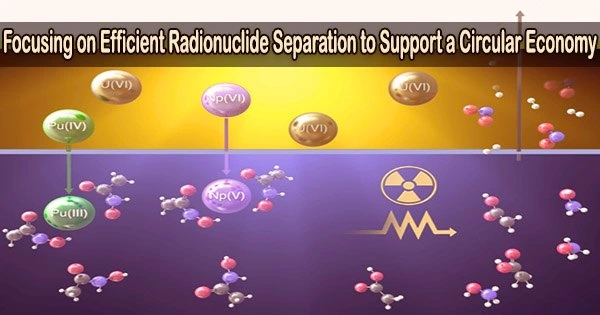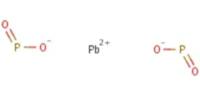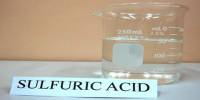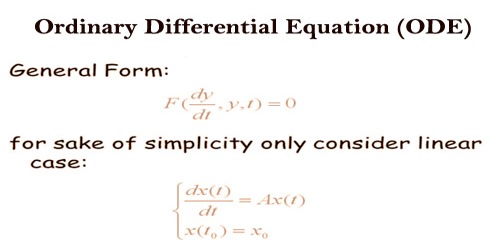The goal of nuclear scientists is to contribute to the development of a circular economy where “waste” serves as a resource. Scientists are attempting to comprehend how radiation impacts the recycling of used nuclear fuel. Researchers want to enhance recycling and get more chemically valuable stuff out of the fuel.
The nuclear industry has one challenge seldom faced by other industries: radiation. A collaboration between the United Kingdom’s National Nuclear Laboratory (NNL), Idaho National Laboratory (INL) in the United States and The University of Manchester in the U.K. has shed light on how radiation affects one very important molecule, acetohydroxamic acid (AHA). This work was featured on the cover of the journal ChemPhysChem.
Dr. Dan Whittaker leads the Advanced Recycle and Isotope Separations theme for the NNL, “The effect of radiation on the solvents used in separating useful isotopes from dissolved nuclear fuel is often considered to be quite small. We know that other chemical reactions like hydrolysis are important, but we need to really understand the radiation chemistry if we want to work towards more efficient extraction techniques. It’s helpful to know that radiation doesn’t have a big effect, but we need to test each new chemical so that we can make sure that advanced recycling techniques are developed correctly.”
Building on pioneering work
Numerous chemical elements can be recovered from spent nuclear fuel and used to create fresh nuclear fuel or for other purposes. For instance, radioisotopes are employed in medicine to treat illnesses, and they power missions, rovers, and probes in space exploration.
When the nuclear industry was only getting started more than 50 years ago, traditional nuclear fuel recycling methods were created. Since those early times, technology and knowledge have advanced greatly. This outdated technology can be replaced in the not-too-distant future by a recycling procedure that is more effective and makes use of techniques nuclear physicists have developed over many years.
The challenge of unraveling all the individual chemical reactions that contribute to the degradation of a single species is really exciting. It’s a truly iterative process of comparing the model outputs to the steady-state gamma irradiations results, and then realizing there’s another reaction that needs to be measured and repeating. At the end of the day, it’s incredible to watch all the puzzle pieces come together, and better yet that this work can have such important impacts in optimizing used nuclear fuel reprocessing cycles.
Dr. Jacy Conrad
Developing advanced recycling technology
In conventional nuclear recycling methods, spent fuel is turned into a liquid by being dissolved in nitric acid. The acidic solution is then processed chemically to remove certain metals. A substance called a surfactant adheres to specific metals in the process, drawing them out of a watery liquid and into an oily one in a manner similar to how soap works.
Other chemicals and metals are left behind in the water. In an ideal world, only particular metals, like uranium, would be extracted to create fresh fuel, but this frequently happens, necessitating more purification.
Additional compounds are tested in advanced nuclear recycling technologies to enhance this recycling process. Alpha hydroxy acids, a chemical of interest, are more frequently employed in medicine to treat bladder infections.
With fewer purification processes needed to create new fuel, this chemical can stop neptunium and plutonium from being removed with the uranium, increasing process efficiency. By giving these metals more control during the extraction process, using AHA supports global nonproliferation accords.
Ultrafast chemical reactions caused by radiation
Even the effects of radiation on basic substances like water and nitric acid are difficult to predict. It is challenging to identify these processes and create an accurate predictive model since radiation triggers hundreds of chemical reactions in a split second.
New research led by INL’s Dr. Jacy Conrad has developed a model for AHA that accurately predicts these myriad reactions. This model tells us how effective the chemical will be in improving the fuel recycling process.
Some chemical reactions have to be measured for the first time in order to construct the model, which is based on computing all of the reactions. A unique method allowed for the capture of the ultrafast chemical processes brought on by radiation absorption.
Extremely brief, powerful bursts of high energy electrons were utilized to simulate the effects of beta and gamma radiation in partnership with the Laser Electron Accelerator Facility at Brookhaven National Laboratory in the United States.
Although fragments of irradiated AHA might continue to react, the ~30 picosecond pulse of the electron beam is timed to coincide with rapid analytical techniques to capture the behavior of short-lived chemicals in the solution.
Reaction rates can also be calculated using highly specialized chemical understanding of the processes that result in these transient compounds, acquired over decades from the larger radiation chemistry community.
The prediction model was created using all conceivable reactions about 200 of them and their corresponding reaction rates. To ensure the model was accurate, more radiation work was carried out at INL’s Center for Radiation Chemistry Research and the UoM’s Dalton Cumbrian Facility. Using gamma radiation sources, researchers followed the progression of the chemical reactions over longer periods of time.
The final stable products from these chemical reactions were identified. Their observed concentrations matched the model’s calculated levels, demonstrating the model’s accuracy.
Looking ahead
Dr. Conrad developed the predictive model at INL and conducted the experiments, “The challenge of unraveling all the individual chemical reactions that contribute to the degradation of a single species is really exciting. It’s a truly iterative process of comparing the model outputs to the steady-state gamma irradiations results, and then realizing there’s another reaction that needs to be measured and repeating. At the end of the day, it’s incredible to watch all the puzzle pieces come together, and better yet that this work can have such important impacts in optimizing used nuclear fuel reprocessing cycles.”
Combining testing and modeling revealed that the impacts of radiation under these extremely particular circumstances are relatively minor; the acidic solution, which results in the AHA’s hydrolysis, has the greater impact. Investigations have focused on the interaction between AHA, nitric acid and radiation.
The next stage is to think about what will happen when neptunium, a crucial component of old nuclear fuel, is added. The reactions brought on by radiation could be significantly impacted by even this seemingly insignificant shift. On the basis of earlier studies, investigation into this novel twist is currently ongoing.














